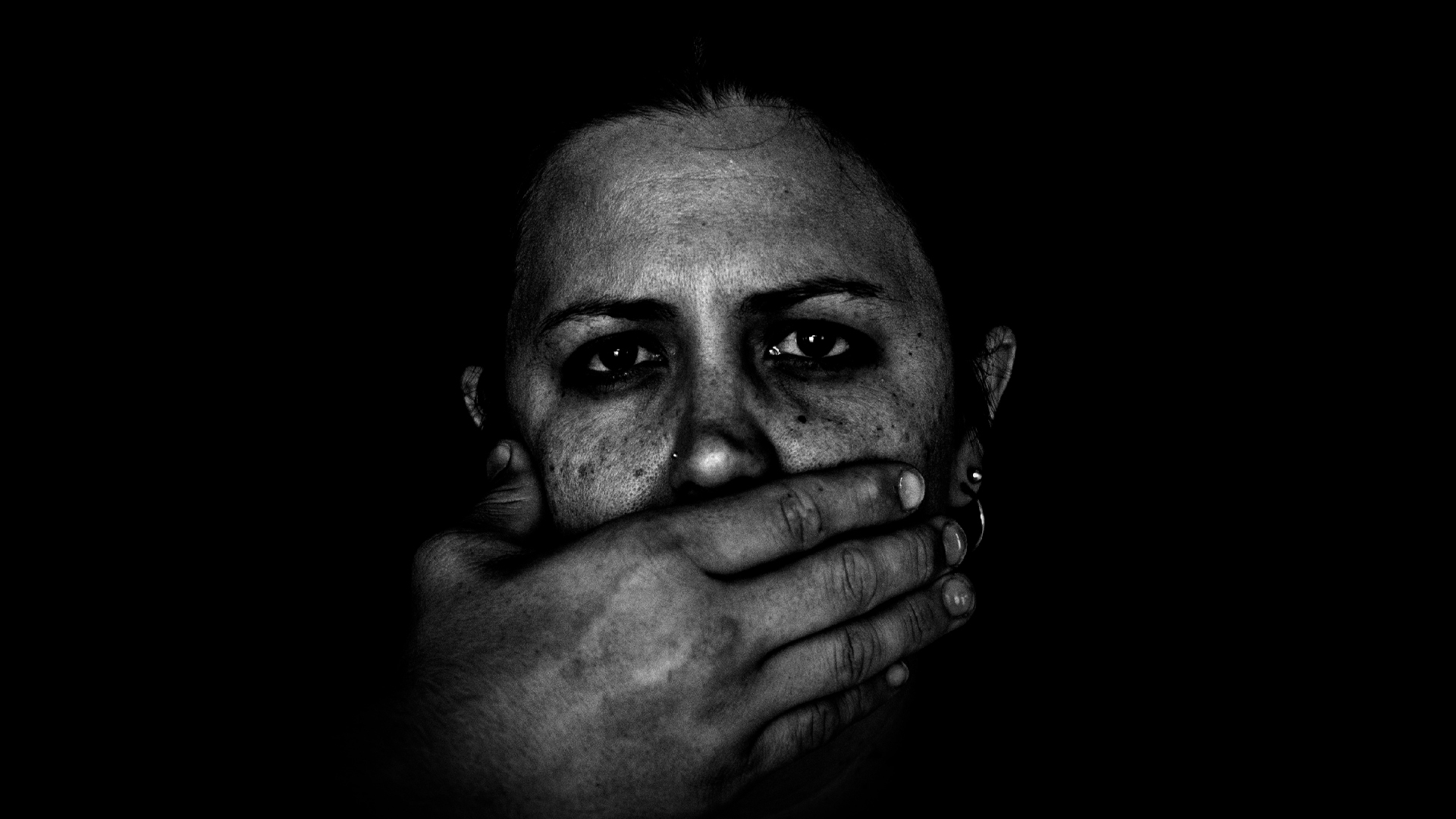
For years, experts and victims have been warning that non-disclosure agreements (NDAs) contribute to a culture of fear and silence that perpetuates gender violence and sexual harassment. They were the weapon of choice used by serial predator Harvey Weinstein to gag his victims and a favourite tool of Hockey Canada for covering up sexual misconduct scandals. Evidence of the toxic sting of NDAs is becoming impossible to ignore. But that’s exactly what Ottawa has been doing.
I have been campaigning for a ban on these devices for more than a decade. In 2018, I called on the House of Commons to bring an end to NDAs. The committee considering amendments to the government’s anti-harassment legislation (Bill C-65) declined to look at the subject at the time. If Canada’s MPs and senators are serious about ending sexualized wrongdoing in the workplace, on campuses and in the streets, they need to ban NDAs now.
NDAs are reflexively sought by perpetrators and their employers because they provide a bodyguard of judicially enforceable machinery that shields wrongdoers from liability and protects them from public censure. In the 16th century, women were silenced by powerful men using devices like the scold’s bridle, which impaled the tongue to prevent them from talking. Today, clever lawyers and powerful predators, backed up by wealthy employers, use the law to make sure that a victim’s voice will no longer imperil the status quo, which, in these situations, is Latin for “the old boys club.”
When victims reach out to me, they frequently describe the impact of their NDA by using language that mirrors the violence of their attack. Terms like “choking,” “smothering,” “gagging” and “suffocating” recur time and again. This is a glimpse into the retriggering damage NDAs cause, and why so many victims liken the aftermath of the trauma to being assaulted over and over.
Gender violence and sexual harassment are known to produce psychological and physical health consequences that can last for years and worsen over time. Clinical evidence confirms that most survivors of workplace harassment meet the diagnostic test for post-traumatic stress disorder (PTSD), a condition that swings the door wide open to an array of further physical and emotional repercussions.
I have long argued that NDAs represent a classic form of institutional betrayal that intensifies victims’ experiences of harm when they discover that the organization they thought was there to protect them is actually there to silence them and protect the perpetrator. As Joan Cook, an internationally respected expert in sexual trauma, told me in an interview: “Without a doubt, institutional betrayal deepens and widens a survivor’s pain and makes it harder for women to recover from traumatic exposure.”
Institutional betrayal produces a whole range of post-traumatic symptomatology, including PTSD, depression and suicide attempts. A much underreported part of sexual misconduct literature is that for some victims, the outcome has been life ending.
The trauma of gender violence and sexual harassment and its after-effects represent a tipping point in the lives of victims that has few comparisons. They are typically at their lowest and least confident. Employers know this, and many organizations have developed well-honed trade craft to make victims feel alone, unwelcome and unsafe, using sources and methods the KGB of John le Carré’s day would envy.
In the credibility economy that frequently appears after reporting an incident, a victim soon discovers that her reputation is discounted by the enabling organization, while the perpetrator’s is inflated, especially if he is a star performer or powerful figure.
Weapons of blaming, disbelieving, shaming and retaliation are skillfully launched in order to push victims out of sight and into the suffocating grip of an NDA. Whisper networks and office grapevines are frequently used by misbehaving organizations and perpetrators to sabotage a victim’s reputation and credibility. The relentless drive of these toxic triggers can quickly take a toll on the health of victims. Remaining on the job often becomes untenable.
It’s not surprising that the promise of a quick financial settlement becomes the shiny object that distracts from the realities of the NDA. For victims desperate to move on with their lives, this magic trick creates the illusion of a way forward that is irresistible. But for too many, what these settlements foreshadow is a trip in just one direction: downward.
As we learned again from the landmark findings of the Truth and Reconciliation Commission, it is a natural condition of the healing process that victims of trauma be free to share their truths in ways, in spaces and with communities of their choice. By turning victims into unspeaking witnesses for their unspeakable experiences, NDAs compound the trauma of sexual violence and thwart healing. These gag agreements typically have no sunset clause, raising their unrelenting grasp to the level of a life sentence.
I’ve looked carefully at legislative reforms intended to improve NDAs in the U.K., several U.S. states and Prince Edward Island, among other jurisdictions. From what I see, they have enough loopholes to drive a truck full of sexual miscreants and their lawyers right through them.
Few ban NDAs outright in settlements involving gender violence and sexual harassment. Even those that do can be converted into non-disparagement agreements, which still control the speech and agency of victims. No legislative changes even contemplate relieving victims of their obligations under existing NDAs.
Only a fundamental culture change will address military sexual misconduct
The sequelae unleashed by NDAs and the trauma of institutional betrayal should themselves be enough to throw these artifacts of abuse into the dustbin of history. But the gravity of common sense and social conscience pulls strongly away from NDAs for another reason.
Frequently missing from discussions about the harm and future of NDAs is their public policy implications. By sealing victims in a sarcophagus of silence, bad actors prevent those who have been harmed from smashing the glass to warn others. This shroud of coerced soundlessness, like the kind that kept Hockey Canada’s scandals secret, also keeps the public in the dark about just how safe victims are in the workplace and whether policy leaders are failing in their job of protecting the most frequent targets of gender violence, sexual harassment and abuse.
NDAs create the very conditions that are the opposite of what Canadians should be seeking – an end to sexualized wrongdoing. Most women never report incidents of gender violence and sexual harassment. As the psychologist and gender violence expert Louise Fitzgerald documents in Why Didn’t She Just Report Him? more than a quarter-century ago, it’s what happens after they come forward that causes most women to have second thoughts.
“By far, the biggest reason,” Fitzgerald writes, “is fear – fear of retaliation, of not being believed, of hurting one’s career, or of being shamed and humiliated.”
NDAs create yet another barrier to coming forward in a system that censors victims while safeguarding their perpetrators. Tinkering with NDAs will not alter their malign impact or the power disparities they perpetuate. NDAs need to be banned.










